In photography creation, landscape photos are undoubtedly an excellent medium to showcase the grandeur and delicate beauty of nature. A fascinating landscape work can not only freeze the ever-changing natural scenery but also touch the viewers' hearts, leading them to travel through time and space to feel that tranquility or grandeur. To take impressive landscape masterpieces, the key lies in mastering a series of skills and composition principles. Here are some suggestions to help you take solid steps on the road of landscape photography.
01 Good at Creating Atmosphere
Clouds and mists are nature's mysterious veils for photographers, which can endow the picture with a dreamlike sense of hierarchy and profound artistic conception. When shooting, you might as well wait for early morning or evening, when the light is soft and the clouds and mists are lingering. Use clouds and mists to block part of the scenery to form a contrast between virtual and real, which can not only increase the sense of mystery in the picture but also guide the viewers' eyes to focus on the unobstructed main subject. At the same time, the flow and change of clouds and mists also add dynamic beauty to the photo, making the static landscape full of vitality.

02 Precisely Locate the Focal Point
Every landscape photo should have a clear focal point, which is the center that attracts the viewers' attention. It could be a lonely tree, an ancient bridge, or a distant mountain peak. In composition, use principles such as the rule of thirds and the golden ratio to place the focal point in the most eye-catching position in the picture. By adjusting the perspective and focal length, ensure that the focal point is clear and prominent, while the surrounding scenery serves as a foil, jointly constructing a harmonious and vivid picture.
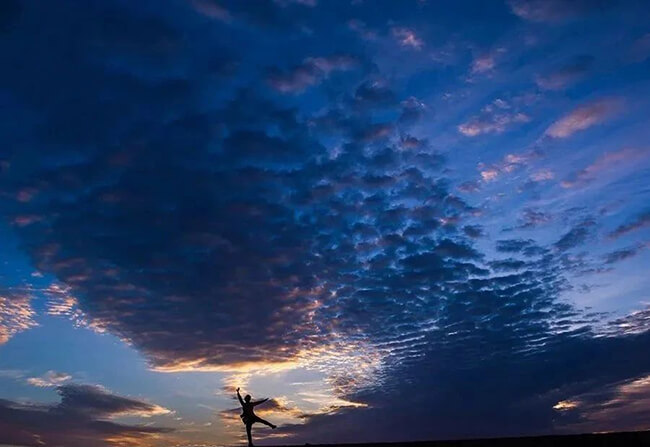
03 Cleverly Utilize Natural Lines
Nature is full of various lines, such as winding rivers, continuous mountain ridges, and straight tree trunks. These lines can not only guide the flow of the viewers' eyes but also enhance the sense of space and depth of the photo. When shooting, try to observe from different angles to find lines that can form diagonal, S-shaped, or radial compositions, which can effectively increase the dynamic tension and visual guidance of the picture.
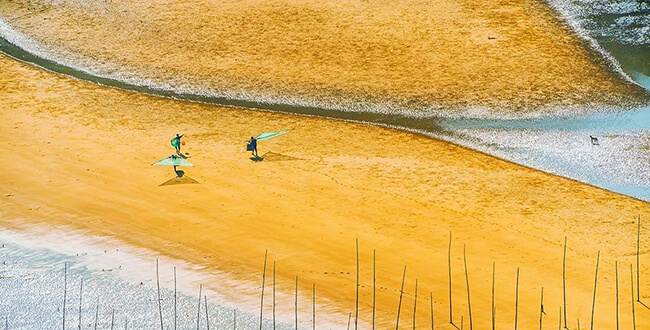
04 Make Full Use of Contrast Elements
Contrast is an important technique in photographic composition, including size contrast, light-dark contrast, color contrast, etc. In landscape photography, skillfully using contrast elements can greatly enhance the expressiveness of the photo. For example, contrast the vast blue sky with tiny pedestrians to show the grandeur of nature and the smallness of human beings; or use the strong light and shadow contrast during sunrise and sunset to create a dramatic visual effect.
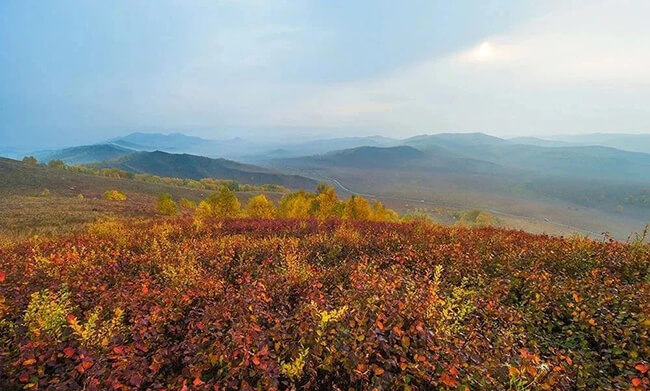
05 Clever Use of Foreground
The foreground is an often overlooked but crucial element in landscape photos. An interesting foreground can not only increase the depth of the picture but also add a story to the photo, such as a moss-covered stone, a beam of light penetrating the clouds, or a few swaying wildflowers. Through appropriate foreground selection, you can guide the viewers' eyes from near to far, gradually going deep into the picture, and experiencing a visual journey.
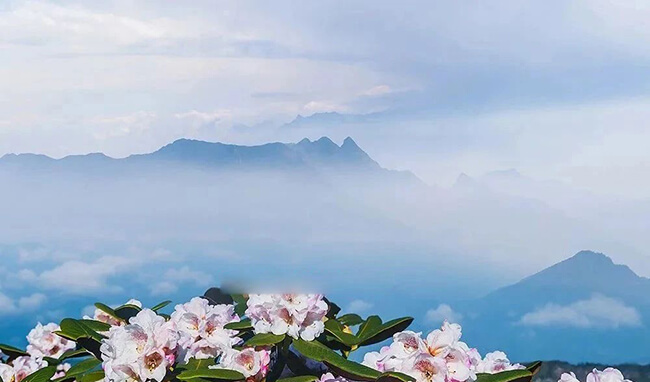
06 Simplify the Picture and Capture the Moment
In landscape photography, the principle of "less is more" is particularly important. Learn to eliminate messy elements and focus on expressing the most touching moments. This may require patience to wait until all elements converge in front of the lens at the right time. A simplified picture can often directly hit the heart and leave a deep impression.
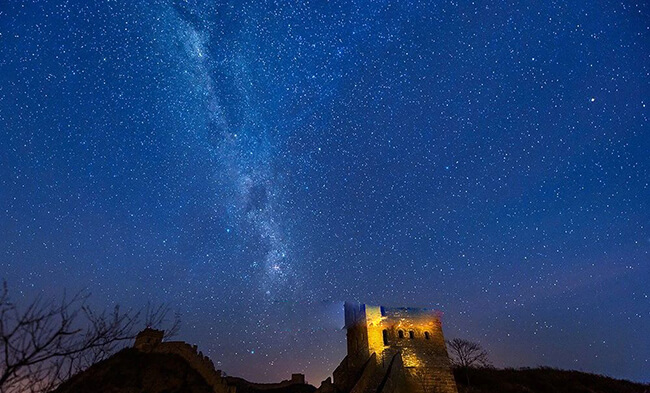
07 Reasonable Post-Processing
Post-processing is a necessary step to improve the quality of photos, but it should pursue natural harmony and avoid over-modification. By adjusting parameters such as brightness, contrast, and saturation, you can strengthen the emotional expression of the photo and repair the deficiencies during shooting. At the same time, use cropping tools to optimize the composition, or appropriately add filters to enhance the overall atmosphere. Remember, the purpose of post-processing is to strengthen rather than change the nature of the original scene.
In short, taking landscape masterpieces is not accidental but a comprehensive application of skills, patience, and creativity. Following the above suggestions, combined with your unique perspective and emotions, every time you press the shutter, it is a journey to explore the beauty of nature and express your inner world. Landscape photography is not only about recording but also about creating, making every freeze-frame an immortal art.
